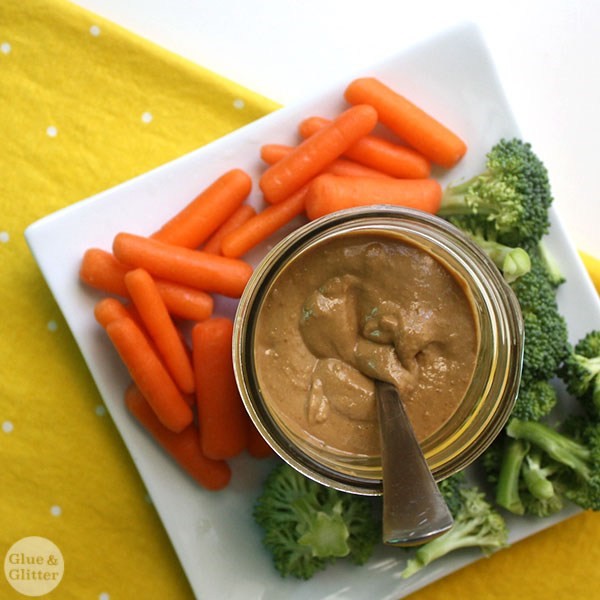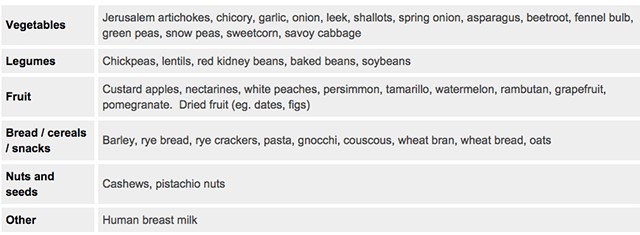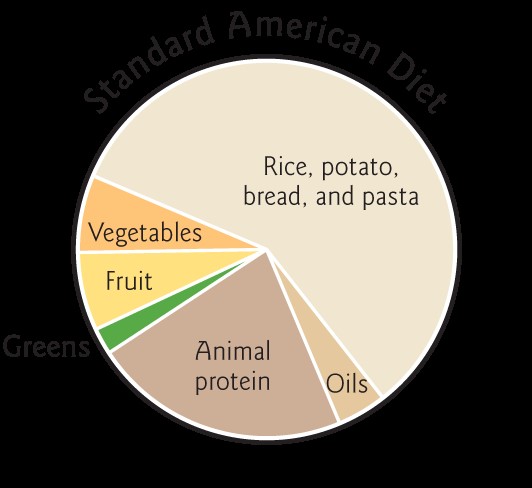THE Secret to Good Digestion and Super Health!

It’s in 2 words. The first is “PRObiotics. We’re hearing about them in the news as a means to healthier digestion and better overall health. So naturally we’re seeing probiotic supplements sold in prime-time TV commercials.
And as another natural result of all the attention probiotics are getting, more and more folks are focusing on eating probiotic-rich foods. And that’s a good start. But while they’re important for gut health, probiotic foods alone can’t give you the healthy-gut results you’re looking for.
The second word is “PREbiotics.” This is the missing piece of the gut health puzzle. All the probiotics in the world aren’t going to make a difference if you’re not eating prebiotic foods as well. Probiotics are living organisms, and prebiotics are the foods they eat. If you want your healthy gut flora to flourish, you’ve got to feed those probiotic bugs!

Prebiotics are compounds found in lots of healthy plant foods such as whole grains, fruits and vegetables (though not all plant foods contain prebiotics). Prebiotics are a type of fiber, so only plant foods (with one exception) contain prebiotics. These have been studied extensively at the Academy of Nutrition and Dietetics (AND), and their researchers say that if you add lots of bananas, onions, garlic, leeks, asparagus, artichokes, soybeans, and whole wheat foods to your daily routine, you’ll get just the healthy dose of prebiotics your body needs.
AND also recommends combining probiotic with prebiotic foods whenever possible. For instance, drizzle some miso dressing onto your lightly steamed asparagus (recipe follows). Or drink a kombucha with your whole grain toast that’s covered with fresh avocado slices.

TAHINI MISO DRESSING (yield: approximately 1¼ cups)
1/2 cup sesame tahini
1/4 cup miso paste (whatever type you like)
1/4 cup seasoned rice vinegar
1 teaspoon ground ginger
6 tablespoons water
In a small bowl, mix everything together until you have a smooth, uniform mixture. The finished dressing will be pretty thick, but if you want it a bit thinner, add 2 more tablespoons of water.
The dressing will keep for about a week in the fridge. Store any leftovers in a container with a secure lid. Give it a shake before serving.
Food author, Becky Striepe, found a handy table from Monash University’s school of Medical, Nursing, and Health Sciences that lists dozens of prebiotic foods:

As you can see, human breast milk is the exception to the rule when it comes to prebiotic-rich foods. That makes sense, since babies’ developing immune systems are living on breast milk alone. All of the other prebiotic foods are plant-based.

If you’re already eating a plant-based or plant-heavy diet, chances are you’re getting plenty of prebiotics in your day-to-day diet. For someone used to the Standard American Diet, though, prebiotics tend to be off the menu. If you are new to a fruit and veggie-rich diet, it might seem intimidating. So to get you started, here is a plant-based recipe using two or more of the foods listed above, to help you get cooking.
This is a filling probiotic recipe for a filling and tasty meal from vegan food chef, Kristi (from www.keepinitkind.com). This stuffed squash is packed with chickpeas, pomegranate seeds, onion and garlic. And there’s probiotic miso paste in the sauce that you drizzle on top (which is delicious over all sorts of steamed veggies and cooked grains, by the way).

HEALTHY STUFFED SQUASH
(serves 2)
SQUASH
1 large acorn squash, halved lengthwise and seeds removed
1/2 tablespoon vegan butter
1 teaspoon sugar
2 dashes of cinnamon
salt to taste
pepper to taste
QUINOA MIXTURE
½ cup quinoa, rinsed
1 cup vegetable broth
2-3 small to medium golden beets, peeled and diced
2 teaspoons olive oil, separated
salt to taste
pepper to taste
½ red onion, chopped
2 cloves garlic, minced
1 ½ cups cooked garbanzo beans or 1 15oz can, rinsed and drained
1 small bunch of kale, stems removed and roughly chopped
seeds of 1 pomegranate
SAUCE
¼ cup orange juice
1 teaspoon Bragg’s Liquid Aminos
1 teaspoon white miso
½ teaspoon Dijon mustard
2 teaspoons dried thyme
Preheat the oven to 400°F. Line a baking sheet with parchment paper. Place the two squash halves on the baking sheet, cut side up. Divide the butter between the two halves, spreading around the top flesh, and in the cavern where the seeds had been. Sprinkle them with the sugar, cinnamon, salt and pepper. Place in the oven and roast for 40-45 minutes, until the flesh is easily pierced by a fork.
Mix all the ingredients for your sauce in a cup or small bowl and set aside.
Cook your quinoa, according to these directions, but using the 1 cup of vegetable broth instead of the mixture of water and vegetable broth, and only cook for 10 minutes, rather than 15, before removing from heat.
Place your beet chunks on a piece of aluminum foil. Drizzle 1 tsp olive oil on the beets and add salt and pepper to taste. Toss the beets to fully coat each piece, fold the aluminum foil over the beets, forming a little packet. Place the packet in the oven, on the shelf below the squash, and allow to cook for 20 minutes. Remove from the oven, but keep the aluminum foil closed until you are ready to use the beets.
Heat 1 tsp of olive oil in a large shallow saucepan over medium heat for about 1 minute. Add the onion and sauté until almost translucent, about 3-4 minutes. Add the garlic and chickpeas and toss to combine. Let the beans cook for about 2-3 minutes. Add the roasted beets and half the sauce and turn the heat down to medium-low. Let it cook for about 5-7 minutes, or until most of the liquid has dissolved. Add the quinoa, kale, and the rest of the sauce, mix thoroughly, and cook until kale has just began to wilt and the sauce has pretty much absorbed. Remove from heat. Mix in the pomegranate seeds.
Scoop about 1 ½ -2 cups of quinoa mixture into each of the squash halves. Serve immediately. If you are not serving immediately, wait to add in the pomegranate seeds until right before you scoop it into the halves, otherwise their color will fade. The leftover quinoa mixture can be kept for about 4-5 days, and makes a great lunch. Enjoy!
NOTE: This recipe could easily fill two acorn squash (four halves), but I only did one. Should you decide to cook 2 squash just double the squash ingredients. The quinoa mixture can stay the same.
- www.glueandglitter.com
- www.keepinitkind.com
- www.probioticshop.net
- www.med.monash.edu.au.
- www.rawfamily.com
 Alice Osborne
Alice Osborne
Weekly Newsletter Contributor since 2006
Email the author! alice@dvo.com
